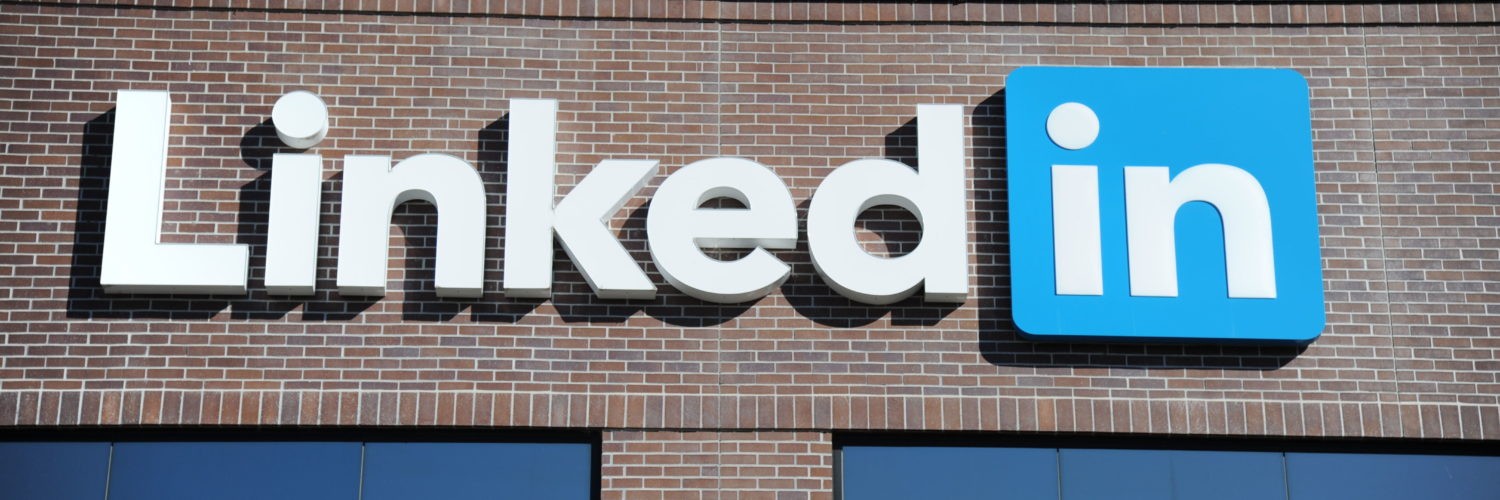LinkedIn For Business – The Advanced Class

I want to talk about using LinkedIn as one of your essential tools to really lift your business, and help you make the most of your networking.
You can use LinkedIn as a business development tool in many different ways. Here are the three I want to concentrate on here:
- Developing your status as an expert and a lovely person
- Reach out with your brand
- More direct business development
Developing your status as an expert and a lovely person
I’m assuming that you have already given some thought to your profile and that you’re keeping it up to date. Lovely photo, you look good there, by the way.
The next thing to do is to develop a good number of testimonials on your LinkedIn profile page. I just had a look at a handful of my LinkedIn contacts, and they averaged 3 recommendations, which is not enough to form a decision on. 3 recommendations look a little half hearted.
Potential clients will be looking at your LinkedIn profile and trying to decide if you’re the person they should work with. So you need to make sure that other people are telling them that they should give you lots of money. LinkedIn is the perfect place to get people to write good things about you. Remember that you want a good handful of recommendations, don’t be one of those people that have hundreds of recommendations as no one will ever read them, and it’s either going to look like complete overkill or like you’ve spent your life asking people to recommend you.
I have 20 on my page, which is more than enough to tell you that I’m one of the good guys.
Reach out with your brand
You want people in your network to remember you, understand what you do, and think well of you. That way, they will recommend you, buy from you and create opportunities. And LinkedIn can be a fantastic tool for reminding people of who you are and getting a chance to get your brand in front of some new people.
If you’ve only really been using LinkedIn as an online cv, and a way of collecting some contacts, you’ll probably have missed some of the great new features they’ve been adding. Have a look around at some of the LinkedIn groups and work out which ones apply to you, and are relatively active.
By joining up, you’ll be able to see what other people are up to and learn what’s going on. It’s better to lurk a little first to get the hang of things, and then start joining in debates or helping out with referrals and advice.
More direct business development
One of the things I often recommend to clients is to put together a hit list of the people they want to work with – your target clients. I’ve just done this with a client who wants to sell to businesses based in Brighton who do business outside the city, for example. We’ve now got a spreadsheet of names to start contacting.
Now, I wouldn’t advise using LinkedIn to contact these people – you need to be a lot more subtle than that in your hunt. However, LinkedIn is invaluable in finding the people you want, and getting lots of interesting information about them.
Maybe you know that you want to sell something to Giraffe Ltd. You know from their website that Mr Frog works there. So you look up Mr Frog on LinkedIn and find out that he used to work for Hippo Ltd, and where your friend Ms Lioness still works. So not only do you know exactly what Mr Frog and Giraffe Ltd do, and that he is the right person to talk to, you can also ask Ms Lioness to either introduce you, or if this isn’t appropriate (maybe Ms Lioness doesn’t know him that well) she can give you some more really valuable information, such as does he like phone or email, or where does he hang out. This approach only works well if you’re looking for high-value business to business sales, but in this area, LinkedIn can be a remarkable tool.
Photo credit to Ben Scholzen on a creative commons license from Flickr


